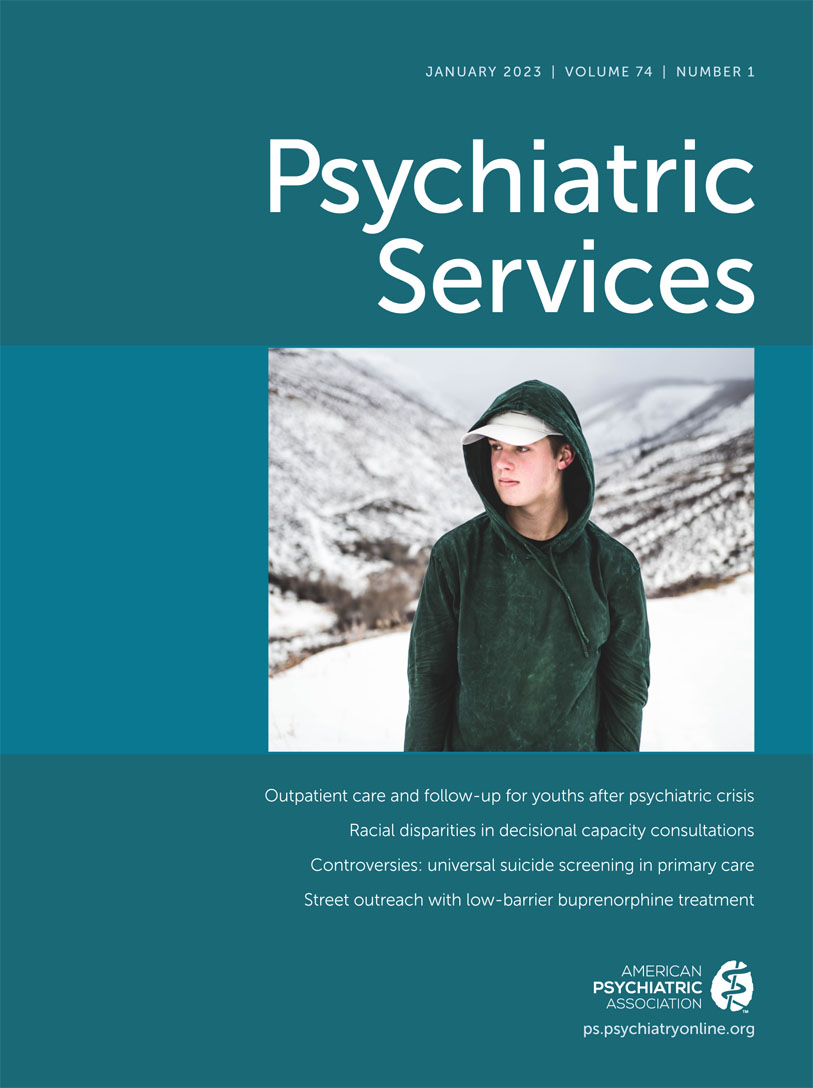The Content of Psychiatric Advance Directives: A Systematic Review
Abstract
Objective:
Psychiatric advance directives (PADs) enable users of mental health services to express their treatment preferences for future mental health crises. PAD completion rates remain low despite high rates of interest among service users and empirically confirmed benefits of their use. A systematic review of service users’ preferences regarding the content of PADs could be a valuable resource for clinicians and policy makers and might help reduce barriers to PAD implementation.
Methods:
A systematic review concordant with PRISMA guidelines was conducted. CINAHL, Cochrane, EMBASE, PsycINFO, MEDLINE, PubMed, SCOPUS, and Web of Science databases were searched up to July 2, 2021. Included articles contained original empirical data on service users’ preferences regarding the content of PADs or a document analysis of existing PADs. Studies were analyzed thematically, and a narrative synthesis was conducted. The Mixed Methods Appraisal Tool was used to assess the methodological quality and risk of bias of the included studies.
Results:
The search yielded 4,047 articles, 42 of which were eligible for inclusion. Six themes emerged (most of which included subthemes): signs of crisis, general treatment approach, preferences regarding the treatment setting, treatment preferences, coercion, and social instructions.
Conclusions:
The concern that PADs may be unclear or incompatible with practice standards was not confirmed. Service users generally included clear, comprehensible, and clinically relevant information in their PADs, often providing underlying reasons for their preferences. These reasons were related to previous adverse effects of medication and personal experiences with hospital admissions.



